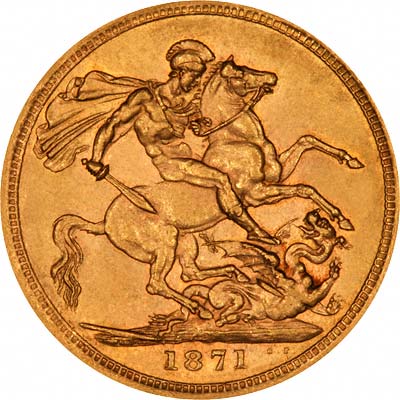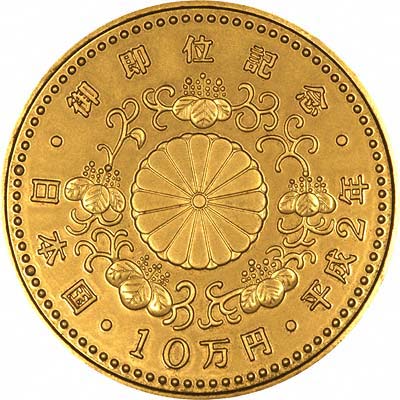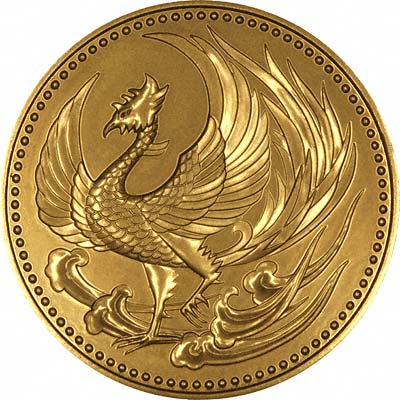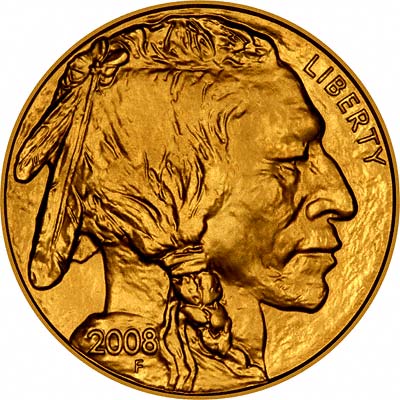Tragisnya Nasib Uang Kertas di Jerman tahun 1923 Seorang ibu lebih suka membakar uang untuk menghangatkan ruangan daripada membeli kayu bakar – karena harganya sama !
Seorang ibu lebih suka membakar uang untuk menghangatkan ruangan daripada membeli kayu bakar – karena harganya sama !
Menceritakan Kejadian di Jerman tahun 1923 Bapak yang mendorong uang dalam gerobak tersebut seorang buruh yang harus secepatnya membawa gaji yang baru diterimanya ke toko roti, karena kalau telat uang dalam gerobaknya tidak lagi cukup untuk membeli roti – saking cepatnya inflasi.
Bapak yang mendorong uang dalam gerobak tersebut seorang buruh yang harus secepatnya membawa gaji yang baru diterimanya ke toko roti, karena kalau telat uang dalam gerobaknya tidak lagi cukup untuk membeli roti – saking cepatnya inflasi.
Zimbabwean with 'plenty' of Cash
 The picture shows a Zimbabwean carrying pile load of cash to buy something. Seems like a lot of money.... but fact is the pile of cash is probably worth less than 100 US dollar
The picture shows a Zimbabwean carrying pile load of cash to buy something. Seems like a lot of money.... but fact is the pile of cash is probably worth less than 100 US dollarLoaf of Bread Costs $16 million Zimbabwe Dollars
With rising inflation and election turmoil, the prices of basic food items have skyrocketed in Zimbabwe. A loaf of bread now costs 16 million Zimbabwe dollars.
Zimbabwe has had monetary problems for a long time, and it isn’t getting better with the recent elections. The opposition claimed it won the elections, but Mugabe is reluctant to give up power.
The rate of inflation is rising at a staggering rate and has reached 100,000 per cent. A loaf of bread now costs 16 million Zimbabwe dollars.
In January, the Zimbabwe government issued a 10 million currency note, this week they introduced a new 50 million dollar bill which is equivalent to $1.25 USD on the black market (officially it is worth $1,666 USD).
Zimbabwean's currency has tumbled to a record low of 25 million Zimbabwe dollars to one US dollar. 100 US dollars could exchange for nearly 20 kg of local currency.
Frankly, it's hard yo imagine how a country would manage to get themselves into the troubled situation. My countrymen would be crying like babies if our annual inflation rates reached 10% .... 100.000% inflation? that unthinkable.
The new 50 million bank note will help Zimbabwean people buy three loaves of bread.
Other recent news reported peanuts now cost 700 million dollars a bucket in the region.
According to AP, this is the third time the nation’s central bank has issued a higher denomination note in response to record inflation. Furthermore, some of these currencies have an expiration date.
Most people will probably agree this is a sad state of affairs for Zimbabwe; Mugabe should leave before he does any more lasting damage to his country.
YOU MIGHT THINK YOU HAVE SEEN IT ALL - BUT..
I think that most banknote collectors, both serious and novices, realise that inflation often does funny things to the number of 'noughts' placed on banknotes by some Governments - and that some very serious 'nought' adding was undertaken by Germany during the period 1922 - 1924.
This period of rampant inflation in Germany is well documented in previous editions of this newsletter, on the Internet - and elsewhere - so I do not intend to repeat the various political and economic reasons this occurred. Let us say that the results eventually helped shaped the destiny of the whole world.
However, if your hobby has lead you in this direction and, if you are still learning about the period and are trying to understand the scope of the problem - just imagine our Government authorizing scores of printing businesses around the nation to churn out paper money, as fast as their presses can work, in values that have up to 12 noughts after the first number and, then, the notes becoming so worthless - in just a few hours - that they are being used to light the fire because they are not as expensive as wood.
In Germany, notes were also used as wallpaper for the same reason - and some towns and villages were also printing and using their own local currency called Notgeld or Gutschein, because the official Reichbanknotes were becoming valueless before they could be banked or used - but that is another well-documented story. These privately produced Gutschein notes were basically 'tokens' and used to assist local barter and, because they were usually backed by regional products and services, they held buying value - at least for a slightly longer time - more efficiently than the government Reichbanknotes.

The first early morning's wages - employees demanded time off after they were paid to buy essentials before the notes lost value.
Buying a cabbage - a shopping basket of notes from the buyer and a vegetable basket for the seller - who would need to use them fast.
Cheaper that sticks - millions of Marks used to get the stove going. Money being baled in 1923 as waste paper for recycling.
For those lovers of numismatic varieties, the challenge of German paper banknotes at this time, 1922 - 1924, would send them into raptures.
Due to the fact that notes were being printed simaltaneously in various places, it meant that a number of printing plates had to be used - and slight differences have been noticed in designs. However, this may have been a deliberate system to enable controllers to ascertain where a note was printed.
Some of the most obvious differences in any particular value German banknote of this era are things like varying paper watermarks, serial number style varieties, minute design variations (usually only noticed under magnification), colour changes, and - on occasion - some very noticeable additional artwork. These notes have been signed by the same people, have the same value and the same issue date.
A few of my own easily noticed examples are shown below but, regretably some details are not identifiable from these scans.
However, if you are browsing the markets or shows for cheap European notes - particularly Germany of the 1920's - keep an open mind and check more than one note, if they are available ....... and, bear in mind, that Germany was not the only European place that has had mega-inflation.

In some other instances, either an overstamp of some description was used to rename and revalue older banknotes instead of adding all those obvious 'noughts' that tended to frighten the German people as they saw their money loosing value as each zero was added and new designs were coming out faster than the old ones could be spent. Sometimes words only were used and, sometimes, the actual denomination value number was written in a way to lessen the impact, older lower notes were used up and printing was done on one side only on any new notes to save costs and time.























































Bhasa indnesia in dong.. saya kurang paham..
BalasHapus